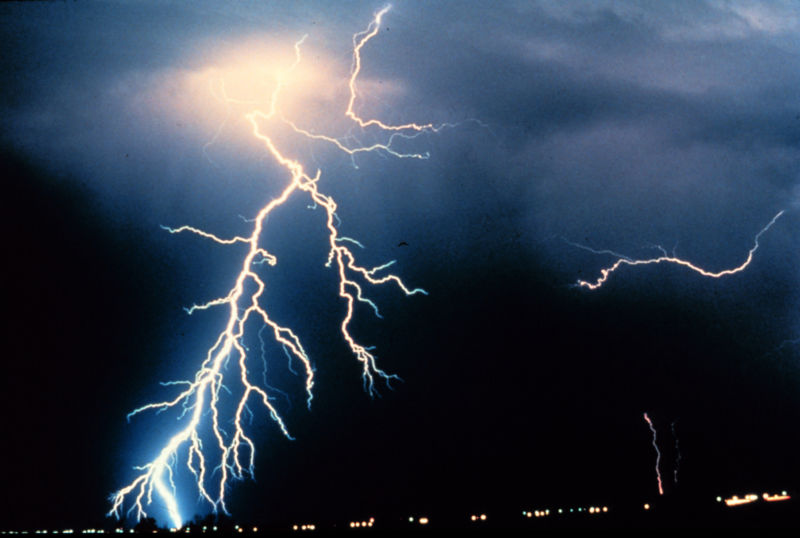Data from the International Space Station confirms: Lightning is insane

Lightning is such a common phenomenon that people often overlook just how powerful it is (provided it doesn't hit you, obviously). But over the past decade, research has gradually revealed just how extreme lightning is. This everyday phenomenon is powerful enough to produce antimatter and transform atoms, leaving a radioactive cloud in its wake. Understanding how all of this happens, however, is a real challenge, given just how quickly multiple high-energy events take place.
Now, researchers have used an instrument attached to the International Space Station to track the physical processes that are triggered by a lightning strike. The work tracks how energy spreads out from the site of a lightning bolt into the ionosphere via an electromagnetic pulse.
Lightning from spaceThe work relies on a piece of hardware called the Atmosphere-Space Interactions Monitor (ASIM), an ESA-built instrument attached to its lab module on the International Space Station. It's an impressive piece of hardware, tying together two X-ray/gamma-ray detectors, three UV detectors, two optical-wavelength light meters, and two high-speed cameras.
Read 13 remaining paragraphs | Comments